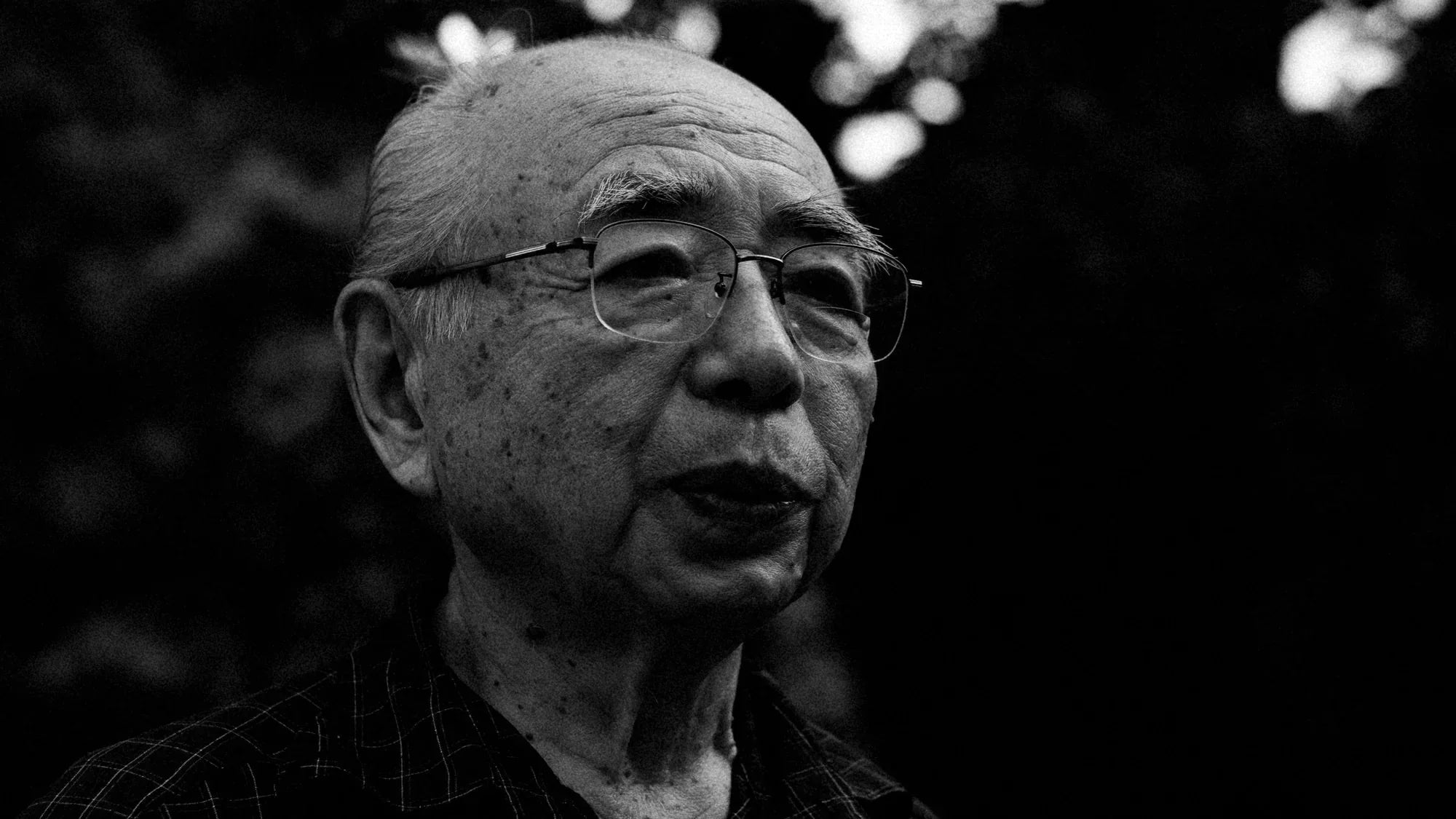
Realms of Enchantment: Life and Art of Yoshita Minori
Written by Team MUSUBI
Yoshita Minori, a master of Kutani porcelain, brought extraordinary artistry to this prestigious Japanese craft, particularly through his mastery of the yuri kinsai "underglaze gold leaf" technique. Born in 1932, Minori's influence has been pivotal in elevating Kutani ware, a symbol of Japan's rich cultural heritage nurtured by the Maeda Lords and the Maeda Marquis.
This article celebrates Yoshita Minori's life and his significant contributions to Kutani porcelain. We explore his innovative approach to yuri kinsai and the lasting impact he has made on the world of porcelain art. Join us in appreciating the legacy of Yoshita Minori, a true visionary in the realm of Kutani ware.
tables of contents
The Upbringing of a Future Master

He has been innovating traditional Kutani ware techniques, especially the methods involving gold and red enamel in brocade patterns. The Yoshita family's kiln, known for its artistic Kutani wares from Ishikawa, has flourished under his leadership, combining traditional methods with creative advancements.
Encounter with Gold Decorated Porcelain

His major breakthrough came in 1974 when his work was first selected for the Japanese Traditional Craft Exhibition, marking the initiation of his distinguished career in Kutani ware. Minori's approach diverged from geometric patterns commonly seen in traditional Kutani ware, focusing instead on realistic motifs like flowers and butterflies.
Into the Realm of Enchantment and Fantastical Beauty

"Not only does the underglaze gold leaf method prevent the gold from peeling off, but it also plays another role. By passing through the glass-like coating of the glaze, the strong metallic luster of gold is subdued, and the gold emits a refined and subtle shimmer, the aesthetic of yugen.
This is the great charm of underglaze gold decoration."
Minori's work embodies the aesthetic of yugen, a concept representing the enchanting and mystical beauty of art, esteemed in traditional Japanese poetry and Noh theater. He uses slender needles and knives for detailed work, overlaying gold leaf with a clear glaze to achieve a subtle shimmer. This blend of vibrant colors and the soft radiance of gold creates a contemplative ambiance, inviting deep reflection.
Inspired by mother nature, Minori aspires to create a world featuring celestial angels, utilizing gold leaf and glaze to capture their depth and beauty.

"The blend of pale green in my art comes from my respect for the art of golden porcelain of the 16th century in the Ming Dynasty, where green and gold were treasured as the most noble of the shades."
Yuri kinsai, involves a complex process of applying gold leaf or powder beneath the glaze of the porcelain piece. The base color is often the pale green or moegi, regarded as the noblest of shades in gold-decorated porcelain in the Ming Dynasty. Other shades employ the primary colors and especially violet, which also has its prestigious aura, found in Japanese robes of the nobility in the Heian Period (CE 794 - CE 1185).

"I aspire to found new realms in gold decorations by merging concrete motifs with innovative design."
Today, having been recognized as a National Human Treasure by the Japanese government and having won various prestigious awards internationally, Yoshita Minori stands as a luminary in the world of Kutani porcelain, merging classical Japanese elegance with innovative techniques. His work, characterized by the serene sophistication and understated splendor of yugen, continues to inspire and captivate, embodying the distinguished legacy of fine art.
Selected Awards and Exhibitions:
1932 Born in Komatsu city, Ishikawa prefecture
1951 Takes over the family kiln at the age of nineteen
1974 First entry at the 21st Japan Traditional Art and Crafts Exhibition
1992 Awarded the Takamatsu Prince Memorial Prize
2001 Receives Medal of the Purple Ribbon, bestowed by the Emperor of Japan
2007 Crafting Beauty in Modern Japan, British Museum, London, UK
2012 Japan: Land of Enchantments, Palazzo Pitti, Florence, Italy
2014 Japan from Prehistory to the Present, British Museum, London, UK Contemporary Japanese Ceramics Embassy of Japan, Washington D.C., US
2017 The 64th Japan Traditional Kogei Exhibition, Japan
Designated by Japan as Holder of Important Intangible Cultural Property for Underglaze Gold Decorations, becoming a National Human Treasure
Reference: KINZAN - QUIET BRILLIANCE - kinzangama no shigoto, Kinzangama Kiln, 2015


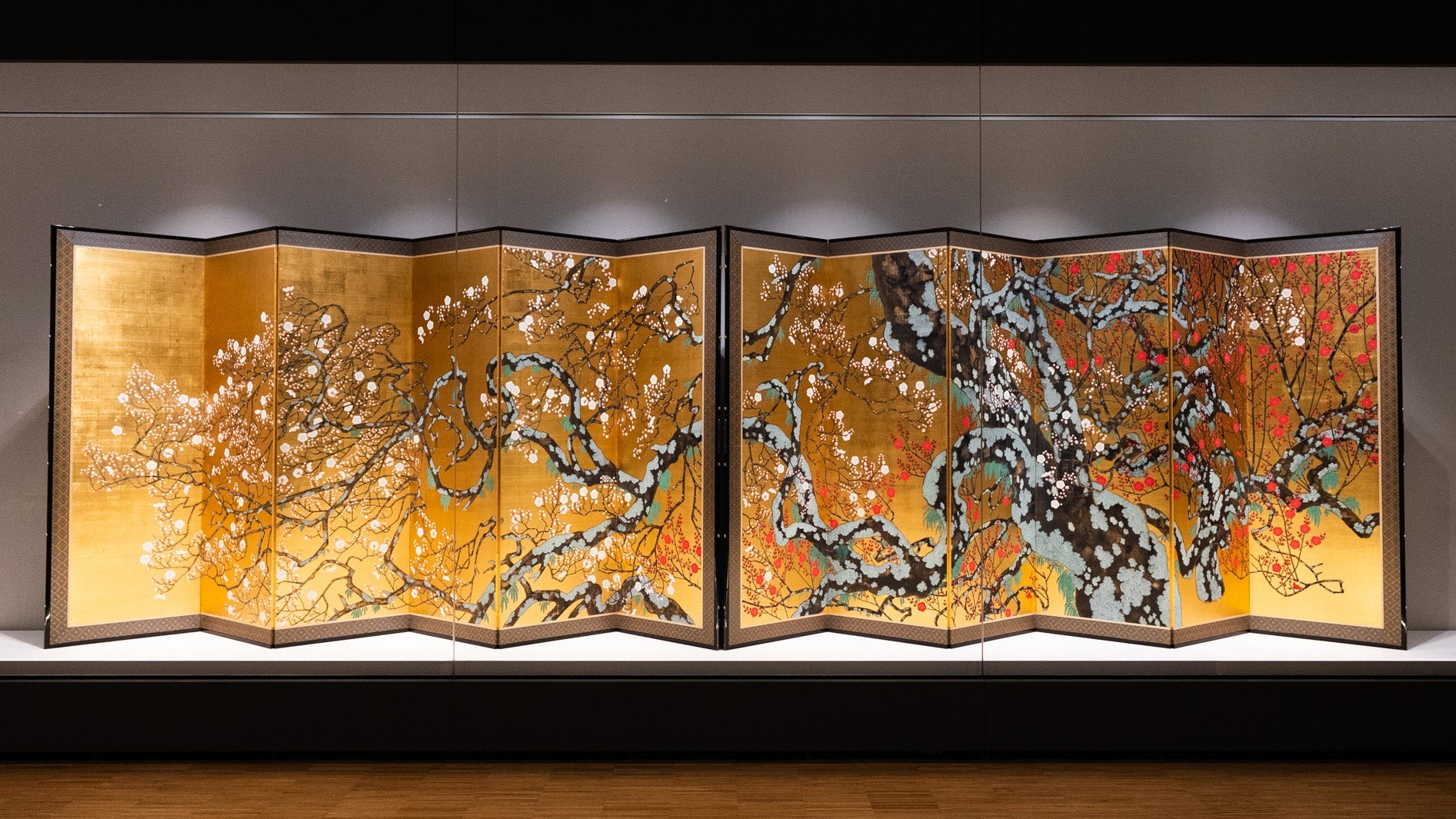
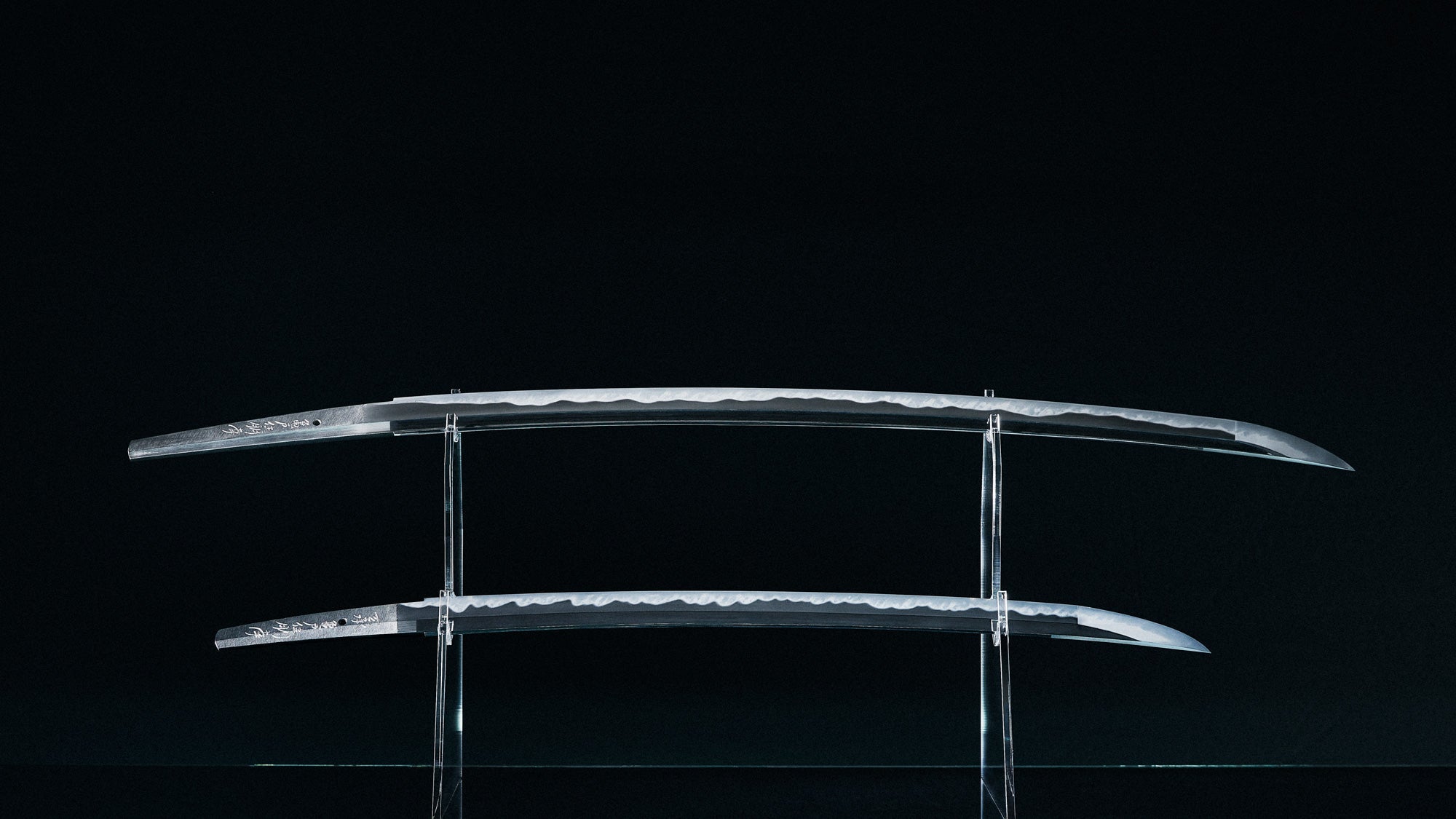
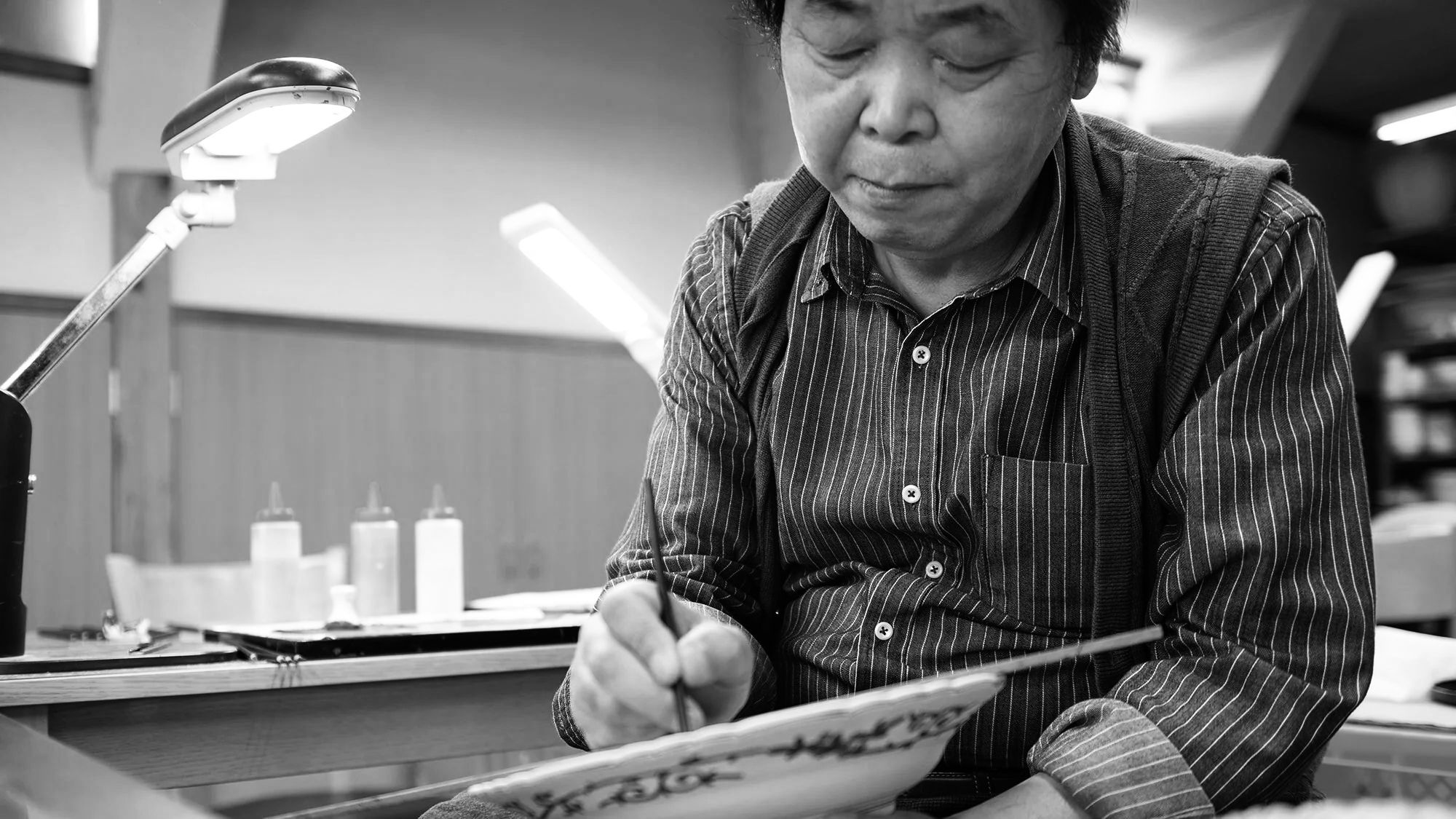
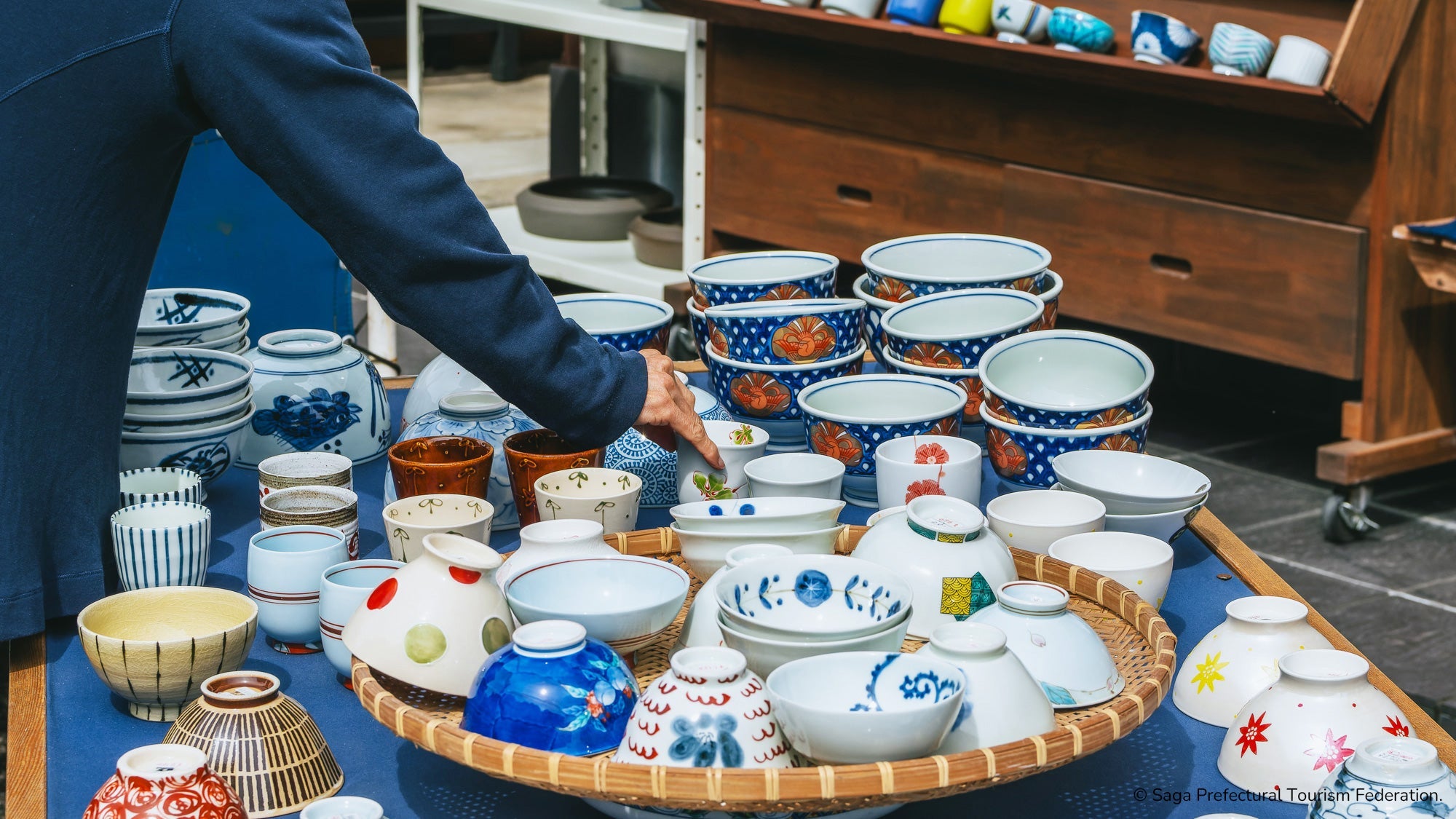
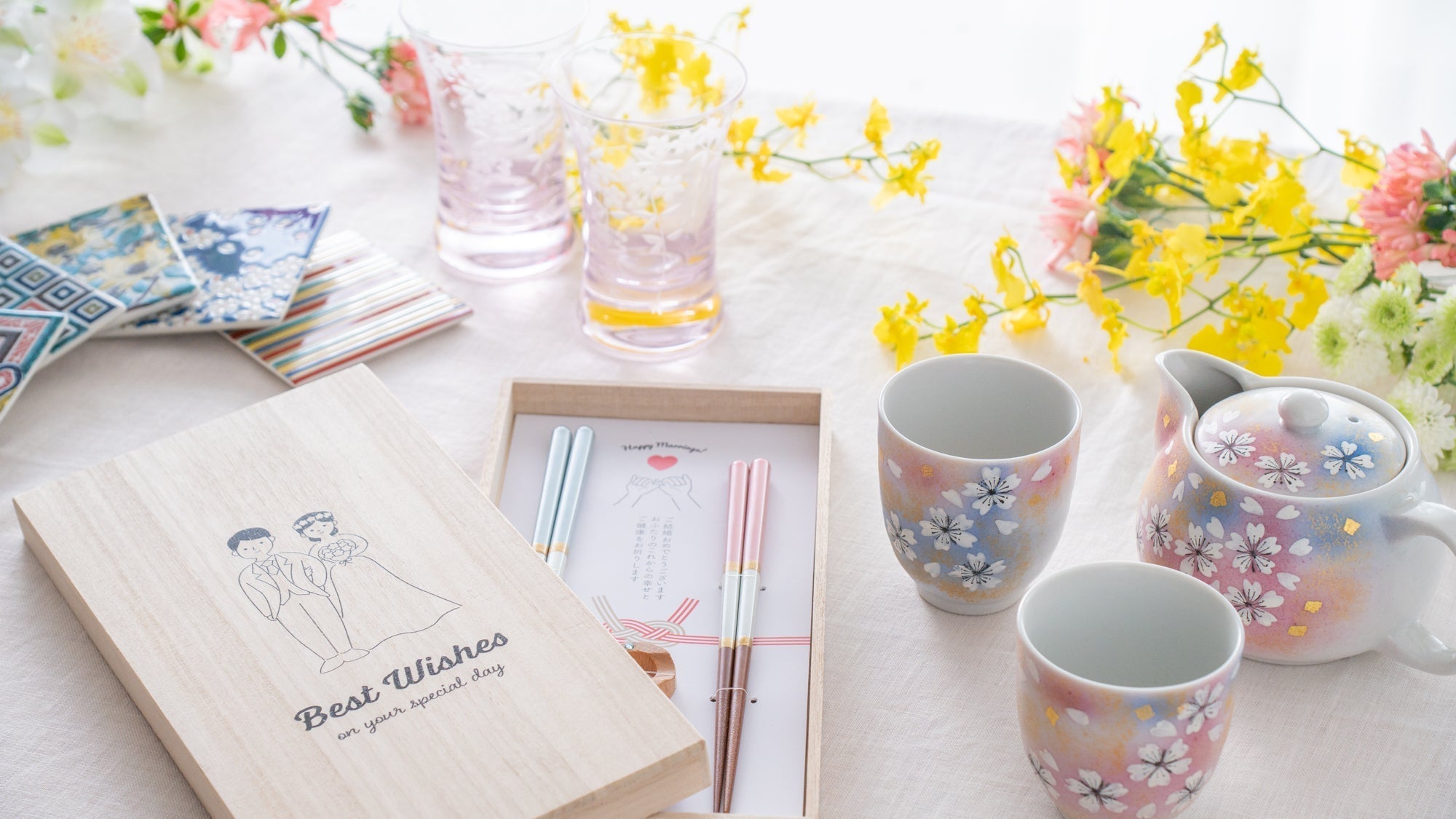
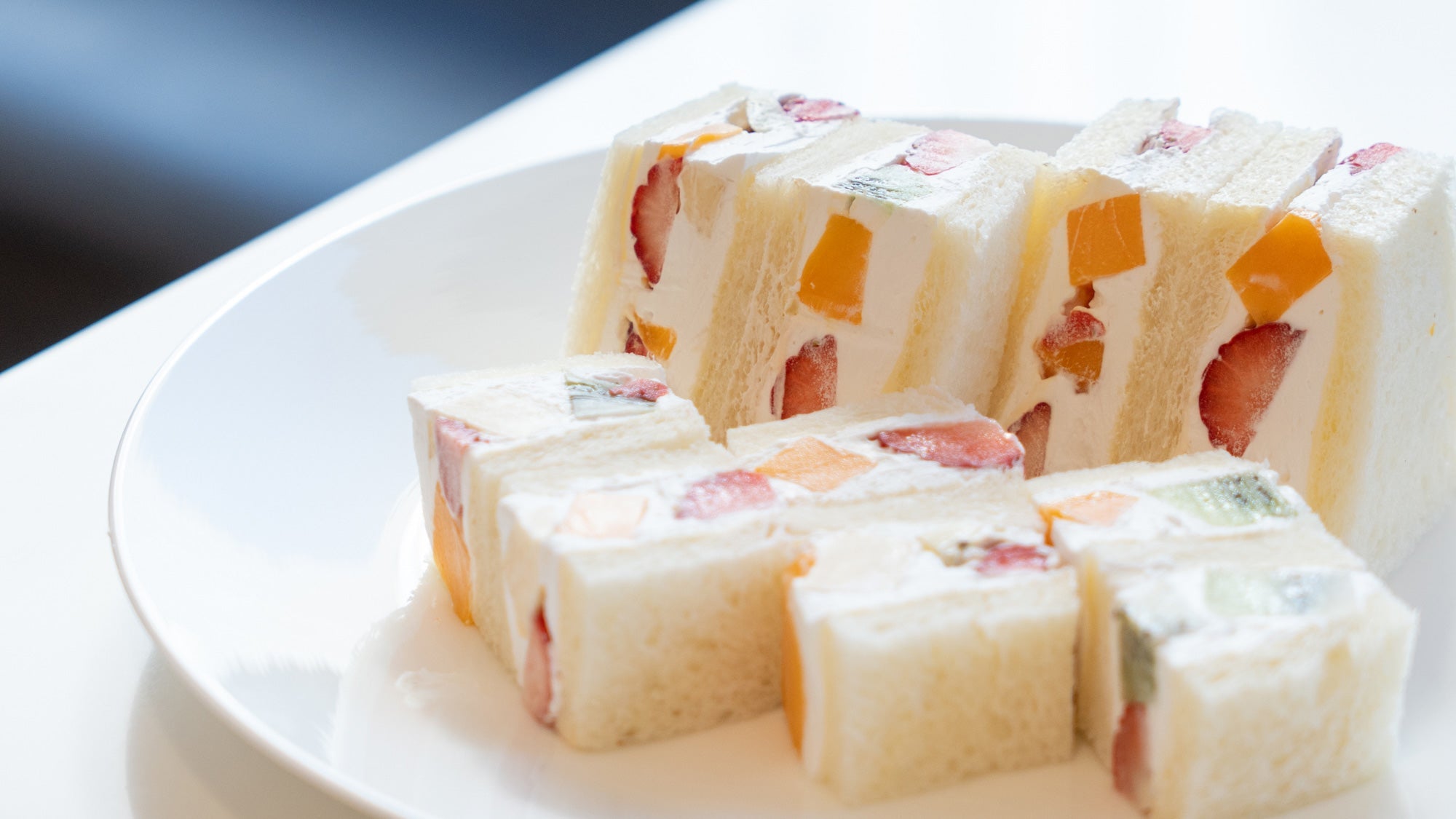

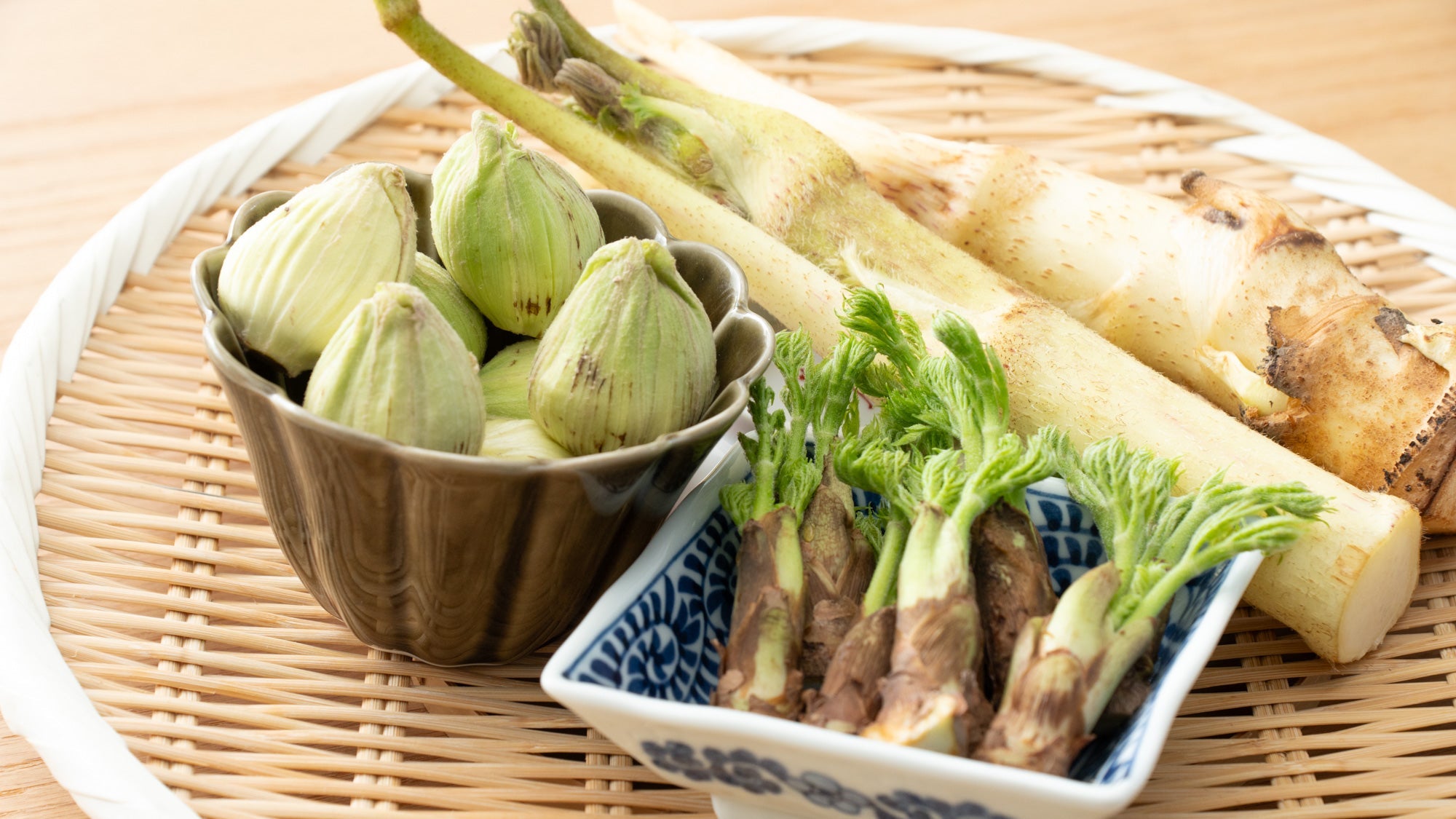

Leave a comment
This site is protected by hCaptcha and the hCaptcha Privacy Policy and Terms of Service apply.